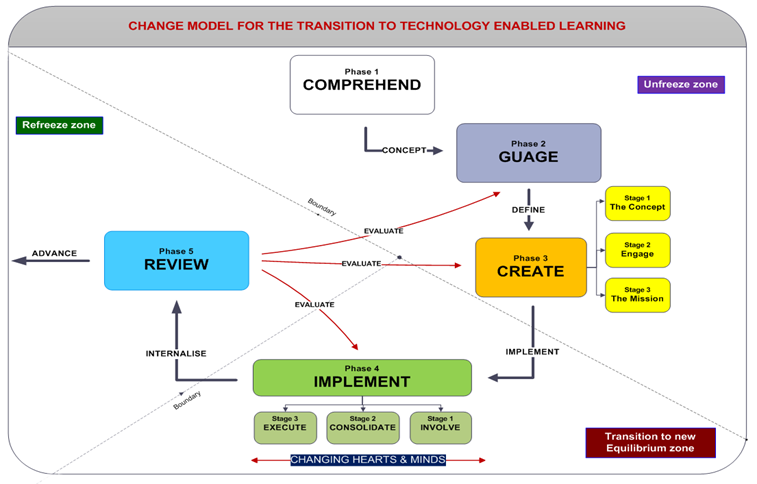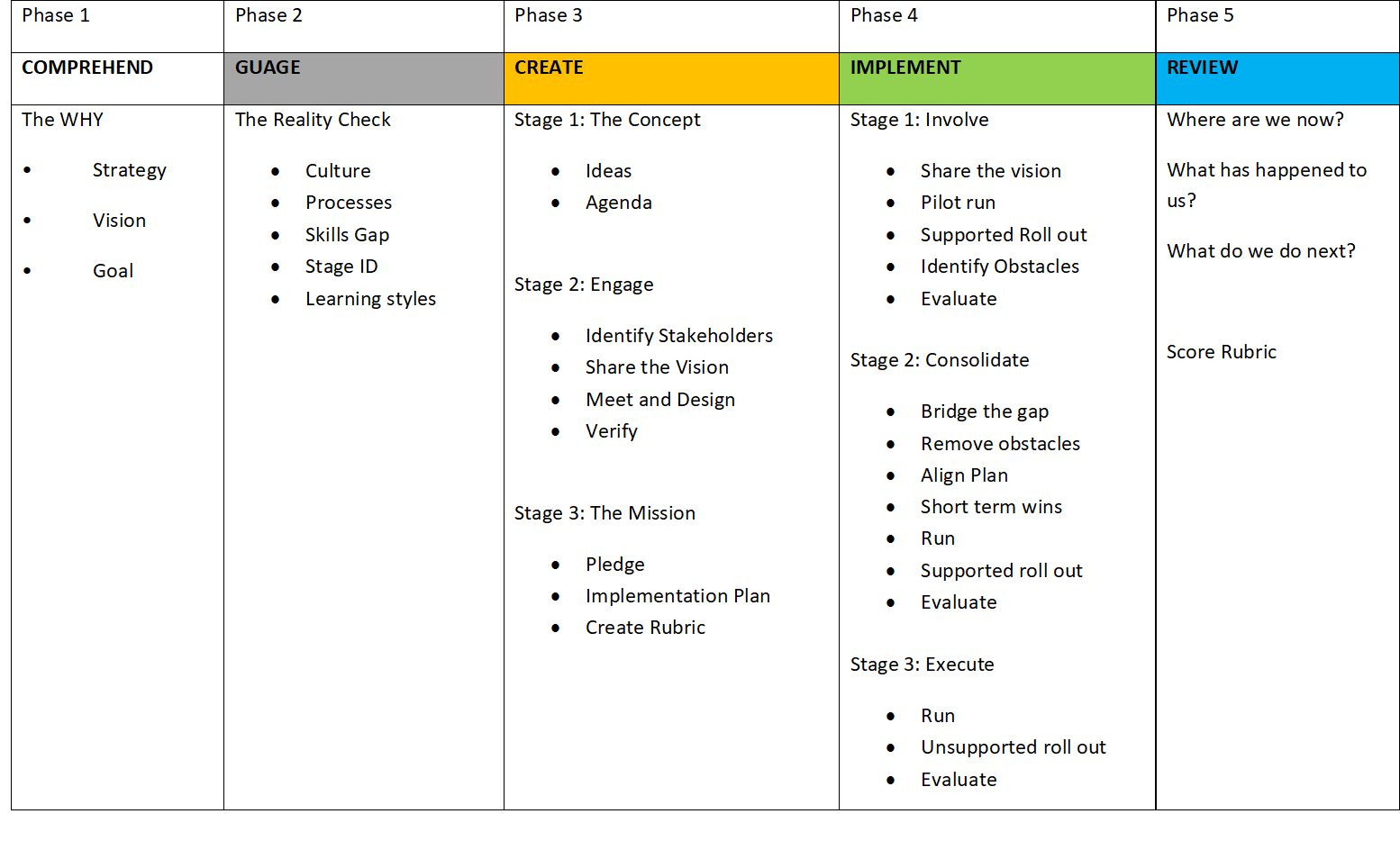Welcome to 2022!! It's a new year filled with apprehension,…

Technology has a vital role to play in the continuum of managed learning processes. These processes draw upon a range of educational techniques including large group and small group teaching, experiential learning, e-learning, simulation, social networking, smart-phones, virtual reality and virtual worlds. Technological applications such as e-learning and simulation typically form part of a blended approach to learning, which combines a range of different educational methods to support learning e.g. e-learning, face to face and experiential learning. “As learners move from novice to expert they draw upon different learning methods, including multidisciplinary and inter-professional learning, to prepare them for work as members of capable health and social care teams.” (DoH 2011: 11)
Advantages
Today, greater leverage in corporate learning comes from building on-going, largely self-sustaining learning processes. This process orientation focuses on the organisation’s architecture for learning, a platform a level above its training programs and regulated events. Performance Support (informal learning) is a foundation for learning that is self-service, spontaneous, serendipitous, drip-fed, and mentored as well as the formal training that will always be with us. (Cross, 2008)
According to Gottfredson and Mosher (2010) there are Five Moments of Need for learners:
|
When learning for the first time |
Acquisition of knowledge
Formal Instruction
|
|
When wanting to learn more |
|
|
When trying to remember or apply |
Application & maintenance of knowledge
|
|
When things change |
|
|
When something goes wrong |
In these five moments of need, moment 3 to moment 5 can be aided with the use of technology enabled learning, with information digitally available on demand – learning on demand.
Challenges/Risks
The risk can arise from Managers investing in IT infrastructure without expert input. Davenport (1994) states that, ‘General Managers are generally novices when it comes to computers, they may like the idea of using information technology strategically but however rarely know how to translate their wishes into specific IT investments. This indicates a need for a clear understanding of IT, learning outcomes and desired benefits which if not balanced can pose a high risk or high impact to the organisation.
Davenport (1994) recommends that information systems personnel are involved strategically with the sponsors (the managers/leaders instigating the change) from the onset of any technology-enabled learning project. This recommendation is highly welcomed however the practicality of it being implemented will require a dynamic restructure in the IT function in most organisations. This point is also flagged in Childs et al’s (2005) HeXL Project, as the lack of support around information systems (i.e. hardware and software) were highlighted as barriers. Possible solutions presented include a combination of in-house programme development and improved feedback between software providers and trainers. This also assumes that the trainers have a clear understanding of teaching, learning and pedagogy.
Resourcing is a reoccurring theme with regards to technology enabled learning. The resources required, fall into three broad categories:
- Financial
- Human
- Technical
The upfront costs of these required resources might prove a challenge for most organisations.
According to Jennings (2010), there are 7 Challenges for the 21st Century workforce:
- Rapid information growth
- Dealing with increasingly unstructured information
- Experiencing shortening information half-life
- Expecting to always be connected
- Dealing with increasingly complex interactions
- Managing higher levels of ambiguity that require judgement
- Change, change, change … roles, jobs, strategy, focus …
The 7th challenge is “change”; an underlying factor in this transition is change management. Childs et al (2005) mentions the resistance to change from managers, trainers and learners, as well as motivations and motivators, technophobia, and lack of IT confidence. Garrison and Kanuka (2004), talk about the will to act and focus on meaningful change – a good to greatness strategy.
They go on to say that how an organisation reacts to technological change is a good indicator of its inner drive for greatness versus mediocrity. Great institutions respond with thoughtfulness and creativity, driven by a compulsion to turn unrealised potential into results. (Collins, 2001). Cameron and Green (2012), suggest IT experts should become IT change managers. The implication of this is that they should gain change management skills. Emphasis should be placed on incorporating change management and resources management into the process; for implementation on all levels of resources involved – organisation, manager, trainer, learner and IT expert.
Garrison and Kanuka (2004) suggest that with clear policy and strong leadership, the evolution to technology enabled learning will be quick. In a matter of a few short years, institutions can be transformed in a manner consistent with their values and alleviating the financial and pedagogical challenges and deficiencies currently challenging the quality of the classroom experience. In the same manner Childs et al.’s (2005) key messages are for a national standards and guidelines to support e-learning, a strong commitment to e-learning is needed with el-earning integrated into the curriculum, change management is needed to support change in education practice by organisations, trainers and learners. E-learning programmes must be flexible, with Blended teaching as the preferred approach.
This continuous process involves both complex and linear changes, therefore effective change management needs to be implemented at every stage.
I have developed a change model for the transition to technology enabled learning that I have used to transition a large government organisation

There are 5 Phases in this model. Below is a description of the model:

This model can be adapted for large or medium enterprises – following internal consultations and research.
The key factor organisations should always strive for is to focus on the learning – remembering that the technology is there to enable learning and not get carried away with technology – hardware/software. Stay focused on the LEARNING.
Author: Blessing Enakimio



